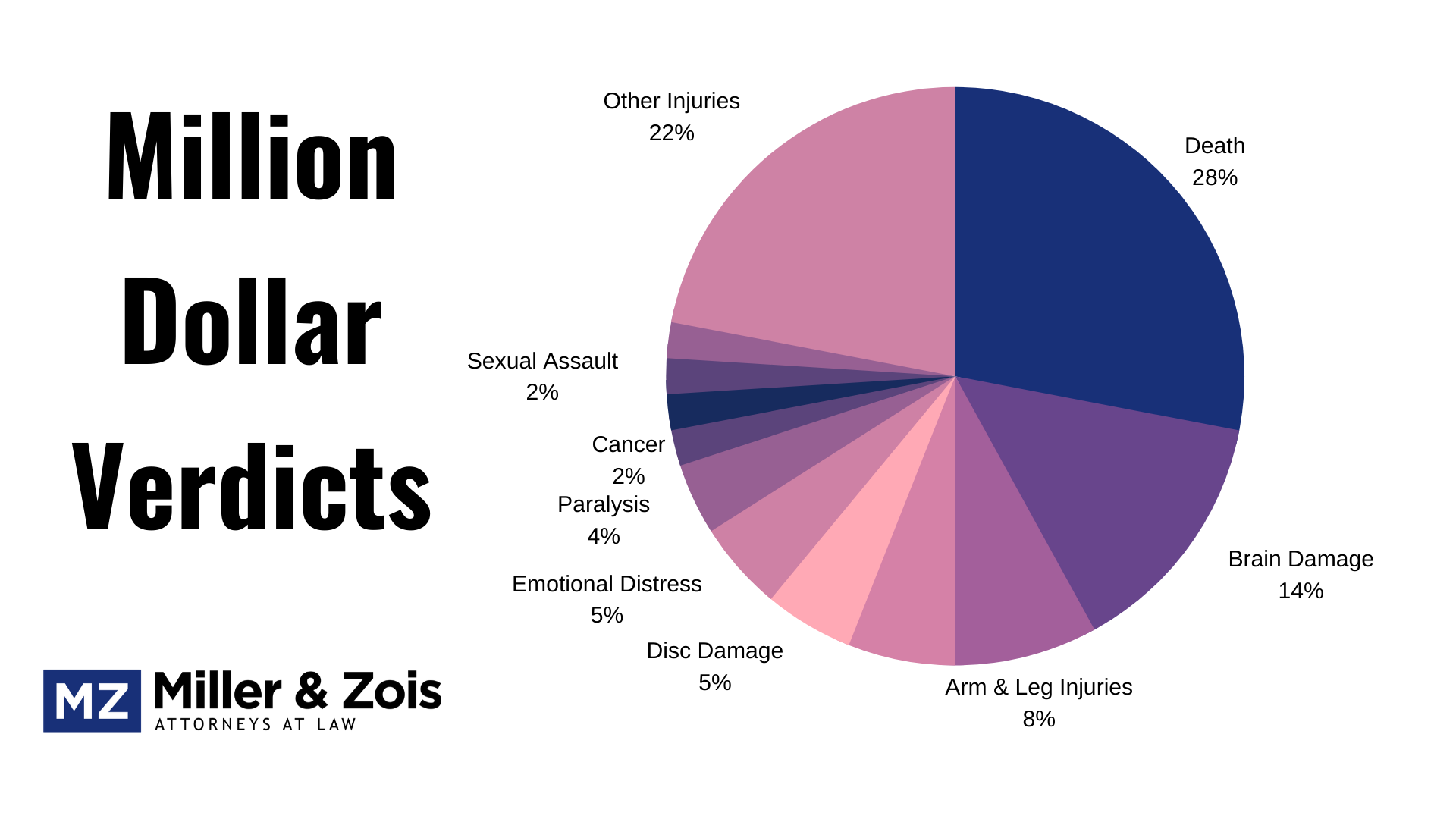Every now and again I read a publication called “Physician Risk Management.” Billed as a publication to help doctors minimize liability and protect them from lawsuits, it is a well-written publication written by people who do seem to know what they are talking about.
Here is why I don’t like it. It is just not self-conscious enough about its own motives. An example comes from this month’s article “Defend non-compliance with guidelines in the chart.” The article begins by repeating the title. The next sentence is, “The plaintiff’s attorney will use it against you.”
This is all fine and good. Doctors sometimes should deviate from clinical guidelines, and they should explain why they did not conform to them. And, yes,  plaintiffs’ medical malpractice attorneys will shove it down their throat if they do not document their deviation and the basis for it.
plaintiffs’ medical malpractice attorneys will shove it down their throat if they do not document their deviation and the basis for it.
Fair enough. But could they at least mention in a footnote that what they are faking the doctor to do is also 100% consistent with what you are supposed to do to, you know, properly care for a patient? Isn’t one of the key purposes of medical records in the first place to determine upon the course of care and provide a rationale for that care to both document the treatment and explain the care to future doctors treating the patient?
The article quotes a neonatologist, Dr. Jonathan M. Fanaroff, who is both a physician and a lawyer, to make the point. “It is important to show both your clinical reasoning and also that there was an adequate reason to deviate from the guideline.” (Note to my four children: if you can get a gig as a neonatologist, don’t dampen my joy by becoming a lawyer, too. Please.)
No kidding, really. In fact, as I started reading the article, I thought maybe the doctor was being quoted out of context talking about excellent patient care. But then the doctor describes a Mississippi case from 2006, Vede v. Delta Regional Medical Center 933 So.2d 310 (Miss. Ct. App. 2006), that ostensibly proves this point.
This was a case where the plaintiff developed a decubitus ulcer – a bedsore – allegedly as the result of a hospital’s negligent failure to turn the plaintiff at regular intervals, which the standard of care requires in preventing a bedsore. But the doctors at the hospital had a good reason for failing to turn the patient: they found that he was struggling with airway clearance and were afraid of a fluid volume deficit and an infection from the turning based on the patient’s specific case.
This is such a straw man. We all agree these could all be excellent reasons in a particular case to turn the patient less frequently (although, geez, I wonder about informed consent on a call like that). We can all also agree that writing it down makes it seem less like you are making excuses in hindsight for negligent care if you spell out what you are doing. But couldn’t the article – albeit short – point out that this weapon to fight off medical malpractice lawsuits is not the endgame, but just a fortunate byproduct of properly caring for and treating patients. Continue reading
 ruined all the fun.
ruined all the fun.









